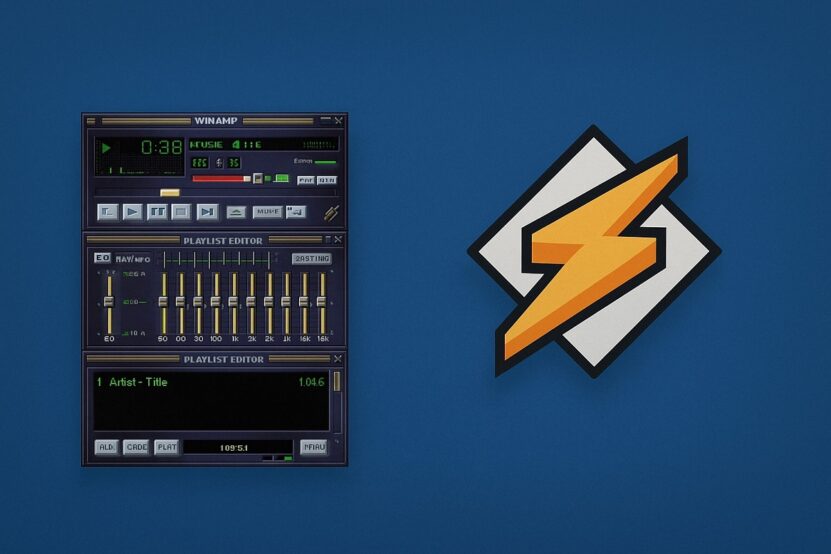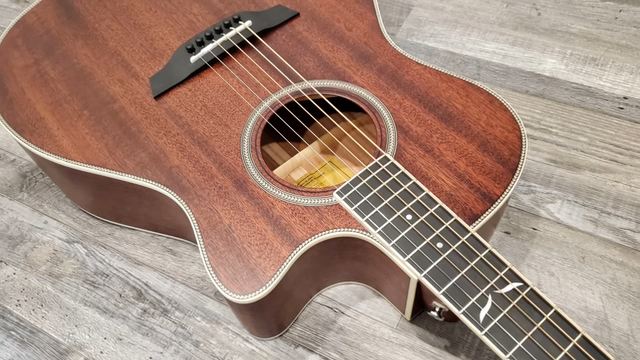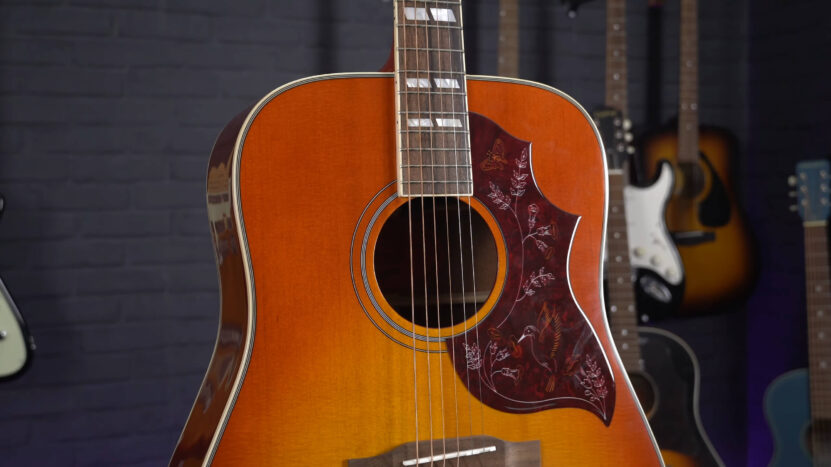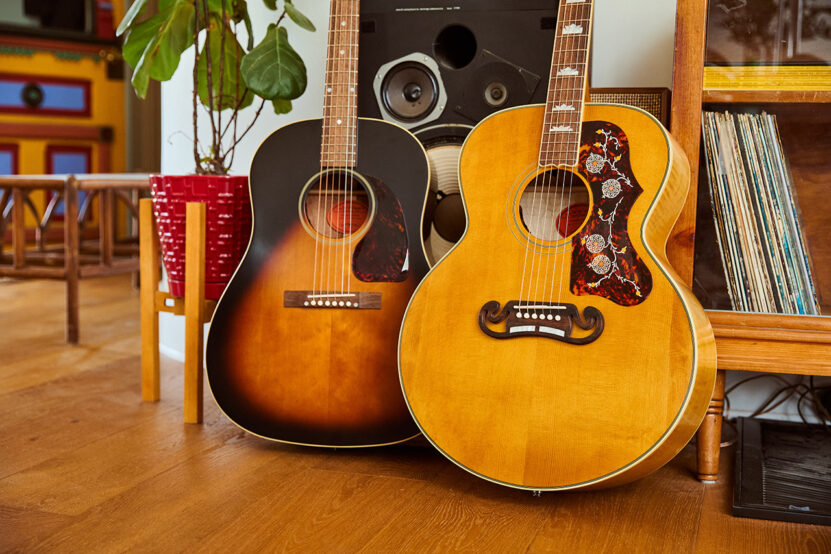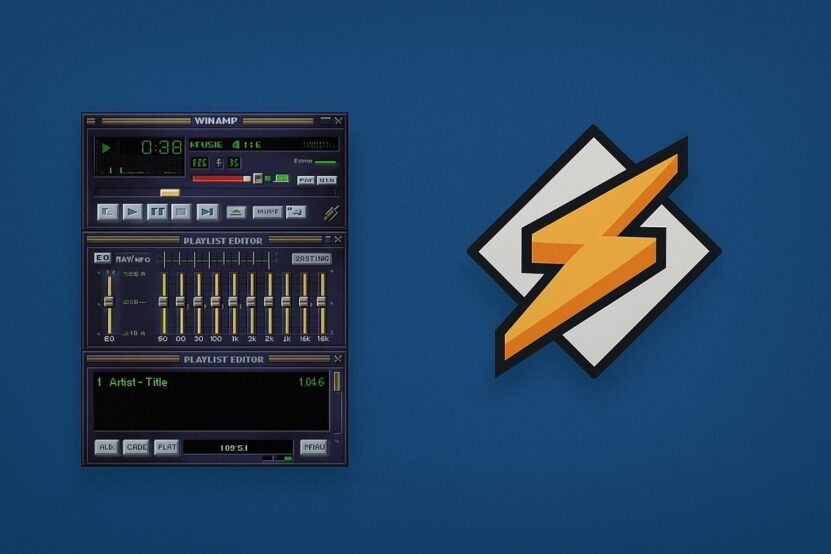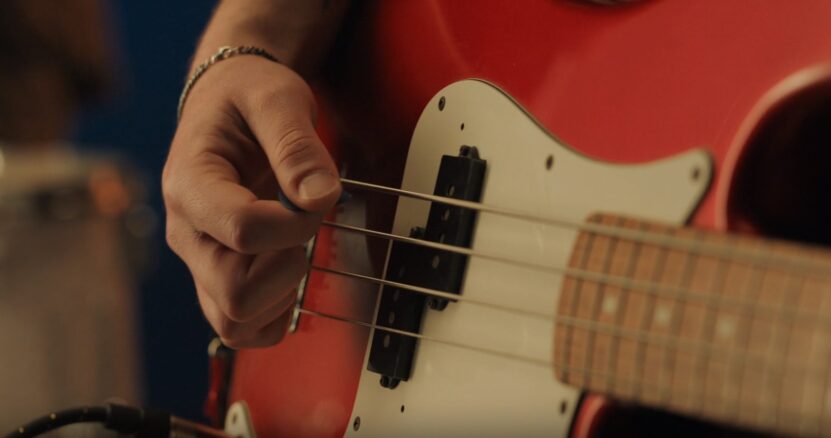
Share Post:
Ever been listening to a song, and suddenly, out of nowhere, it hits you with a different tune that makes you stop and think, “Wait, what just happened?” That, my friend, is the magical bridge.
If you’re wondering what’s the big deal about it, sit tight. I’m about to talk about why bridges in songs are not just musical detours but crucial pieces that can make or break a hit. Let’s get right into it.
Essentials You Must Know
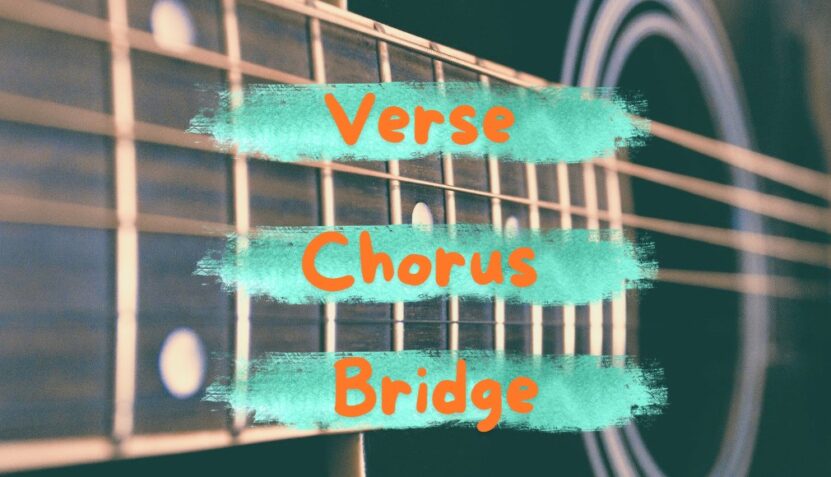
First off, let’s clear up the basics. A bridge in a song is a section that provides contrast to the rest of the composition. It’s like the plot twist in your favorite TV series or that unexpected ingredient in your favorite dish. It usually comes after the second chorus, adding a fresh element to keep you hooked.
Quick Breakdown of a Song Structure
- Verse: Tells the story
- Chorus: The catchy part you can’t get out of your head
- Bridge: The twist, the unexpected, the spice
Why Have a Bridge? Can’t We Just Stick to Verses and Choruses?

Well, you could, but then your song might end up as monotonous as an elevator tune. The bridge serves a few vital purposes:
- Adds Variety: It shakes things up. After two verses and choruses, a bridge prevents the song from becoming a repetitive snooze fest.
- Emotional Shift: It can offer a new emotional perspective, making the song more dynamic and interesting.
- Showcases Creativity: Here’s where artists get to flex their creative muscles. A bridge can be lyrically and musically different from the rest of the song, highlighting the artist’s versatility.
The Anatomy of a Good Bridge
So, what makes a bridge stand out? Here are a few key ingredients:
- Contrast: It needs to sound different from the verses and choruses. Whether it’s a key change, a tempo shift, or a different melody, it should feel like a refreshing change.
- Brevity: A bridge is usually short and sweet. It’s there to make a point and then get out of the way for the final chorus.
- Purpose: It should add something meaningful to the song, whether it’s a new lyrical insight or a musical twist.
Iconic Bridges in Popular Songs
Let’s talk examples:
- “Livin’ on a Prayer” by Bon Jovi: The bridge (“We’ve got to hold on ready or not…”) ramps up the energy, leading into the final, explosive chorus.
- “Someone Like You” by Adele: The bridge gives a moving twist, emphasizing the song’s emotional depth.
- “Hey Jude” by The Beatles: That epic “na-na-na” part? Yep, it’s a bridge that became more famous than the rest of the song.
- “Let It Be” by The Beatles: The bridge (“And when the night is cloudy…”) offers a moment of reflection and hope, adding a deeper emotional layer to the song.
- “Rolling in the Deep” by Adele: The bridge (“Throw your soul through every open door…”) builds tension and emotion, leading perfectly into the final, powerful chorus.
- “Uptown Funk” by Mark Ronson ft. Bruno Mars: The bridge (“Before we leave, let me tell y’all a little something…”) adds a playful and funky twist that keeps the energy high.
How About in Different Genres?
Bridges aren’t confined to just pop or rock. Every genre uses bridges in its own unique way:
- Pop: Often uses bridges to build up to a final, more intense chorus.
- Rock: Bridges in rock songs can offer a moment of introspection or an instrumental break.
- Country: Country music bridges often provide a narrative twist or a deeper emotional insight.
- Hip-Hop: While less common, some hip-hop tracks use bridges for a musical change-up or a lyrical pivot.
When Bridges Go Wrong
Not every song nails the bridge, though. Sometimes, it can feel forced or out of place. A bad bridge can derail the entire song.
Here’s a tip: if you’re writing a song and the bridge feels like it’s there just for the sake of it, scrap it. A song without a bridge is better than a song with a bad one.
Writing Your Own
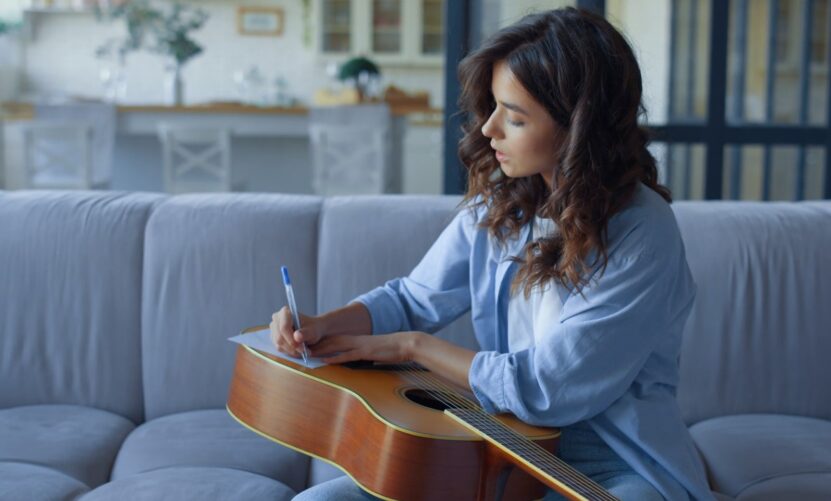
If you’re a budding songwriter, here’s a rough guide to crafting your own bridge:
- Listen to the Song: Identify where the song feels like it needs a change. Typically, it’s after the second chorus.
- Change It Up: Play around with different chords, tempos, or melodies. The goal is to create something that contrasts but still fits the song’s overall vibe.
- Keep It Short: Aim for 8-16 bars. Just enough to shake things up without overstaying its welcome.
- Add Meaning: Use the bridge to add a new lyrical perspective or emotional layer. It’s your chance to deepen the song’s impact.
Practical Tips for Songwriters
If you’re convinced that your song could benefit from a bridge, here are some practical tips to keep in mind:
- Experiment: Don’t be afraid to try different ideas. The bridge is your playground for musical and lyrical experimentation.
- Stay Cohesive: While the bridge should contrast, it still needs to fit within the overall song. Avoid making it sound like it belongs in a different song altogether.
- Build or Resolve Tension: Use the bridge to either build up to a climactic final chorus or resolve a tension that’s been building throughout the song.
- Reflect on Themes: Consider how the bridge can reflect or enhance the song’s themes. It’s a great place to add depth to your lyrics.
Summary
In the end, a bridge is like the secret ingredient in a recipe. You might not notice it outright, but it’s what takes the song from good to great. It’s the plot twist that keeps listeners engaged and makes the final chorus hit even harder.
Next time you’re jamming out to your favorite tune, listen for that bridge. Appreciate the creativity and contrast it brings. And if you’re a songwriter, don’t shy away from experimenting with bridges. They might just be the missing piece your song needs.
Remember, not every song needs a bridge, but when done right, it can elevate your music to new heights. Mix things up, and let your creativity flow. Just avoid turning your song into a musical Frankenstein’s monster. Keep it smooth, keep it meaningful, and most importantly, keep it fresh.

